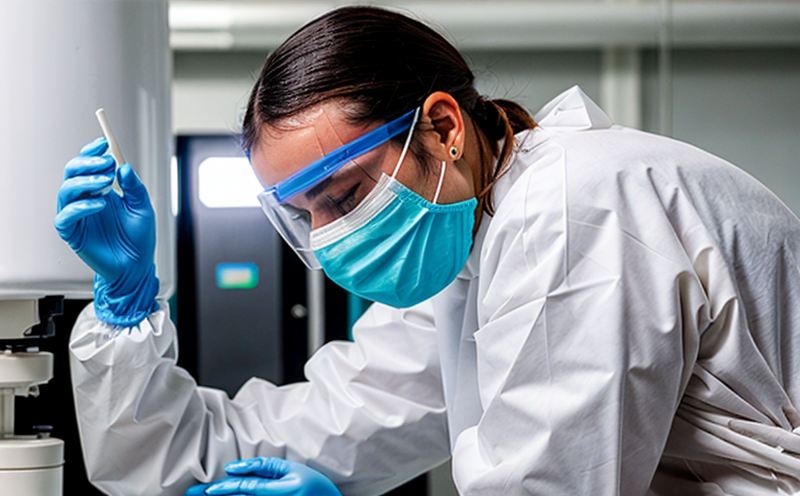IEC 62471 Photobiological Safety Testing of Lamps and Lamp Systems
The International Electrotechnical Commission (IEC) Standard IEC 62471 is a critical regulatory framework that ensures the photobiological safety of lamps and lamp systems. Compliance with this standard is essential for manufacturers, distributors, and users to ensure products do not pose any risk to human health due to excessive light emissions.
The testing procedure under IEC 62471 involves several steps aimed at assessing the potential hazards from ultraviolet (UV), visible, and infrared (IR) light. The standard covers a wide range of lighting devices including fluorescent lamps, LED lights, high-intensity discharge lamps, and other similar products.
During testing, samples are subjected to various conditions that simulate real-world use scenarios. This includes exposure durations, viewing angles, and environmental factors such as temperature and humidity. Compliance officers, quality managers, and R&D engineers must ensure these parameters are accurately reproduced to achieve reliable test results.
The primary goal of IEC 62471 is to protect users from harmful effects caused by overexposure to certain wavelengths of light. The standard defines strict limits on the permissible levels of UV radiation, visible light, and IR radiation that a product can emit. Failure to meet these requirements could lead to severe health issues such as eye damage, skin irritation, or cancer.
Manufacturers often struggle with meeting regulatory requirements due to rapid advancements in lighting technology. This creates a need for experienced laboratories like Eurolab which offer comprehensive testing services tailored specifically to IEC 62471 standards.
In addition to basic compliance, thorough photobiological safety testing can provide valuable insights into the performance characteristics of lamps and lamp systems under different conditions. Engineers benefit greatly from this data when designing more efficient, safer lighting solutions for both indoor and outdoor applications.
EuroLab Advantages
- State-of-the-art facilities equipped with the latest technology used in photobiological safety testing.
- A team of highly qualified professionals specializing in IEC standards and other relevant regulations.
- Comprehensive support services including consultation on best practices for meeting regulatory requirements.
- Prompt turnaround times ensuring your business remains competitive without sacrificing quality control processes.
Why Choose This Test
Selecting IEC 62471 photobiological safety testing is crucial for several reasons:
- Compliance Assurance: Ensures that your products meet international standards, thereby avoiding potential legal issues and penalties.
- Risk Mitigation: Identifies potential risks early on, allowing for necessary adjustments before mass production begins. This reduces the likelihood of costly recalls or product modifications later down the line.
Meeting these stringent requirements demonstrates a commitment to consumer safety and can enhance brand reputation. Compliance also opens up new market opportunities in countries where IEC 62471 is mandatory.
A proactive approach to testing helps maintain a good relationship with customers and stakeholders. It also fosters trust within your organization by ensuring that all aspects of the lighting system are functioning correctly from design through manufacturing stages.
Competitive Advantage and Market Impact
- Innovation: By adhering to IEC 62471 standards, companies can innovate confidently knowing they are upholding high safety standards.
- Differentiation: Being compliant with this standard sets your product apart from competitors who may not have taken similar precautions. This could lead to increased market share and customer loyalty.





